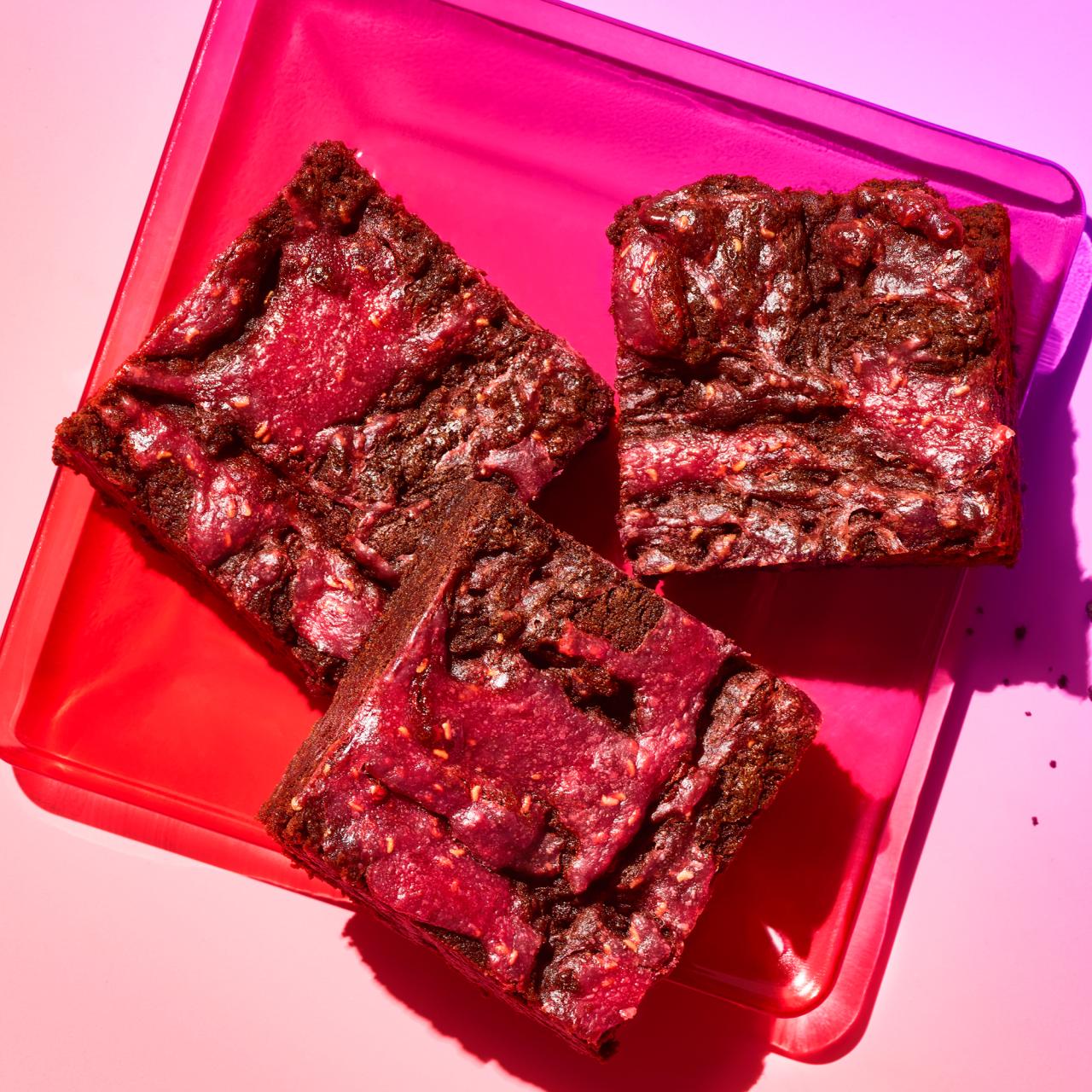14 Ways to Eat Less Sugar Without Missing It

This article was made available courtesy of eatingwell.com
A life without any sugar is a life we don’t want to live. And thankfully, experts say you don’t need to eliminate it from your diet. But shaving off some grams here and there is something most of us should be doing. “I’m not of the view that we should be draconian about this,” says Mattes. “Sugars do add palatability. And the most nutritious diet, if it’s not palatable, will have no health benefit—because people won’t eat it.” These strategies can help you find that balance.
1. Utilize the new added sugar line on labels
“Always check the Nutrition Facts panel to see how much added sugar is in a product—like cereal or yogurt—and compare it to other brands,” says University of Thessaly nutritionist and epidemiologist Renata Micha. “Between two or three options, you can aim for the one that has less added sugar.”
2. Target your weaknesses
In the U.S., most added sugar comes from the following five sources: sweetened beverages; desserts and sweet snacks; sweetened coffees and teas; candy and other sugars (jams, syrups, toppings); and breakfast cereals and granola bars. Figure out which category you tend to get the most added sugar from and start cutting back there. You’ll get the greatest reduction in overall sugar and boost in health benefits, says Ewoldt.
3. Look for high-quality carbs
Many packaged products—tortillas, granola bars—fall into a nutritional gray zone. They may be made with whole grains (good) and still contain lots of sugar (not so good). Even more stealthily, the front of the package may declare “no added sugars,” but the manufacturer has replaced this nutrient with something else, such as refined starches that have no fiber and affect your body in ways similar to added sugars. “So it’s important to assess overall carb quality, not just sugar alone,” says Micha.
One simple way to do that: use the 10-to-1 metric. This means for every 10 grams of total carbohydrate that a product contains, 1 gram or more should be fiber. (It’s based on the ratio of total carb to fiber found in whole wheat.) Micha and her colleagues discovered that when they applied this trick to U.S. supermarket foods, it quickly identified items with higher-quality carbs that also happened to be lower in sugar. And they were healthier in general—lower in sodium and higher in protein, fiber, potassium, magnesium, vitamin B , vitamin E, zinc and iron.
4. Don’t drink your sugar
You know that soda is potum non grata, but other sugary beverages may slip past your nutritional radar. Coffee drinks like a bottled Frappuccino can have 34 grams of added sugar, and one 20-ounce sports drink packs as much as 48 grams—which is just about 100% of your daily limit. (For comparison, a can of Coke has 39 grams.) “Sports drinks serve a purpose for elite athletes, or let’s face it, when we’re sick with the flu or prepping for a colonoscopy. But for everyone else, just choose water,” says Nancy Farrell Allen, M.S., RDN, a national spokesperson for the Academy of Nutrition and Dietetics. And let’s not forget cocktails. Alcohol itself contains no or very little sugar, but when you add the coffee liqueur to your ‘tini—that’s when the grams can go through the roof.
By eliminating even one sugary beverage a day and instead sipping water with a squeeze of lime or orange for flavor, you can dramatically reduce your sugar intake—especially given that sweetened beverages are the single largest source of added sugar in the American diet, says Micha. You could also try drinking seltzer in fun flavors, infusing your water with fresh fruit or eating an apple or orange alongside a glass of ice water. We love the Strawberry, Basil & Lime Infused Water pictured above.
5. Take your time
All of our experts recommend weaning yourself off sweetness slowly. Do you add sugar to your coffee or tea? Then use a little less tomorrow. A few days later, dial it back a bit more. Studies show that reducing sugar by 5 to 20%—equivalent to deleting about 4 to 12 grams daily—is not noticeable, and that over time your perception of sweetness intensity changes. In one trial, people who limited their sugar intake for 2 to 3 months rated pudding as much sweeter than those who did not.
6. Be wary of packaged bars
We love the grab-and-go convenience of them, but granola and energy bars supply a lot of the added sugar in our diets. So scan for ones that are low in sugar and as minimally processed as possible (short ingredients list of recognizable whole foods). They often taste just as good and can save you 5 to 15 grams of added sugars (that’s between 1 and 4 teaspoons of sugar) per bar! Even better, put a handful of nuts, seeds and oats, plus some unsweetened coconut flakes and a few dark chocolate chips (11 of them only have 2 grams of added sugar) in a travel container for a snack that’s packed with nutrients, protein, fiber and very little sugar.
If you want to go above and beyond, make your own. It’s a great way to keep sugar in check and customize the flavors to meet your preference.
7. Swap your yogurt for skyr
This Icelandic-style yogurt is made using different types of cultures than the standard kind you may be used to, giving it a thick, creamy consistency and less sour taste. And even the flavored varieties of skyr tend to have about one-third less added sugar than other flavored yogurts—which can be quite high in them.
8. Get enough sleep
The average adult needs between 7 and 9 hours a night—yet more than 35% of Americans get less than that. Missing out on zzz’s can monkey with your hunger hormones, making you crave sugary foods (and salty ones too). However, in a review of seven clinical studies published in the Journal of Sleep Research, participants who increased their sleep duration—by anywhere from 21 minutes to 3 hours a night—had better insulin sensitivity as well as reductions in appetite, sweet cravings and sugar intake.
9. Trick your palate
Studies have shown that sweetness can be amplified by concurrently stimulating your other senses, says experimental psychologist Qian Janice Wang, Ph.D., an assistant professor in the Department of Food Science at Aarhus University in Denmark. One strategy to try: Sniff cinnamon, vanilla, cherry, almond, caramel, pineapple, pomegranate, strawberry or banana before a meal or with your food. It can make you think what you’re eating is 5 to 25% sweeter than it would taste without one of these aromas. “The smell-taste interaction together form this perception of flavor. And that’s because when we smell something, the mind is already forming expectations that it’s a sweet food,” explains Wang. “So if you have cinnamon-vanilla oatmeal every day, and you gradually reduce the sugar, by the end it may be enough to have the cinnamon and vanilla without the sugar.”
10. Avoid sneaky sources
Sugar isn’t just added to make foods taste better. It also acts as a preservative that extends shelf life and prevents staleness, makes pastries tender by preventing gluten formation and encourages fermentation by providing food for yeast, allowing breads to rise, among other qualities. For these reasons, food manufacturers add sugar not just to traditionally sweet foods, but to tons of savory ones, as well. “For example, the other day I picked up a tofu, broccoli and brown rice frozen meal—can you get much healthier than that? But when I looked at the label, it had 17 grams of added sugar, most of it from the sauce,” says Andromalos. Check out our list of sneaky sources that can easily add up. Another reason to read and compare labels!
11. Use less sugar in your baking
“Recipes for things like cookies and cakes often call for more sugar than is necessary— so you can play around and see how much you can simply leave out,” says EatingWell recipe tester and developer Laura Kanya, who suggests removing a small amount and going from there. She was able to use one-third less sugar in the Raspberry Swirl Brownies here compared to a typical brownie recipe. The cocoa and pureed raspberries add richness and natural sweetness. “Sugar does impact the moistness, texture and browning of baked goods, so you may notice a difference there,” adds Kanya.
12. Roast your veggies
Rather than steaming or sautéing vegetables and relying on dressings and sauces (which often contain added sugars) to jazz them up, pop them in a 450°F oven. It caramelizes the natural sugars and makes them taste sweeter and more intense, says sensory scientist and dietitian Sungeun Choi, Ph.D., RDN, an associate professor in the department of family, nutrition and exercise sciences at New York’s Queens College.
13. Add it on top of baked goods
Sprinkling a small amount of coarse sugar on homemade, lower-sugar muffins, quick breads and cookies “delivers that extreme burst of sweetness and crunch with each bite, so you’re less likely to miss the sugar within the cookie or muffin,” says Andromalos.
14. Bake with natural sweeteners
Replace some of the sugar with mashed bananas or other fruits, unsweetened applesauce or blended dates, cooked sweet potatoes or prunes. This will also add moisture. “It’s a great way of getting some extra vitamins and minerals as well,” says Andromalos. “We used pineapple to sweeten our Pineapple Morning Glory Muffins—slashing the sugar content in half compared to similar muffins,” says Kanya. “And grating it incorporates the fruit into the batter.”
15. Trade flavor for sugar
The more taste you’re able to eke out of every recipe, the less sweet stuff you’ll need. “Our Cider-Sweetened Apple Pie contains less than half the added sugar of a typical recipe,” says Kanya. “How did we do it? By reducing already-sweet apple cider into a concentrated syrup.” It counts as added sugar, but the difference is we don’t need to use as much sweetener overall because the syrup’s intense flavor fools your taste buds into thinking the pie is sweeter than it actually is. You can apply this same technique to other recipes—and experiment with reducing different juices.
This article first appeared in EatingWell, September 2021













